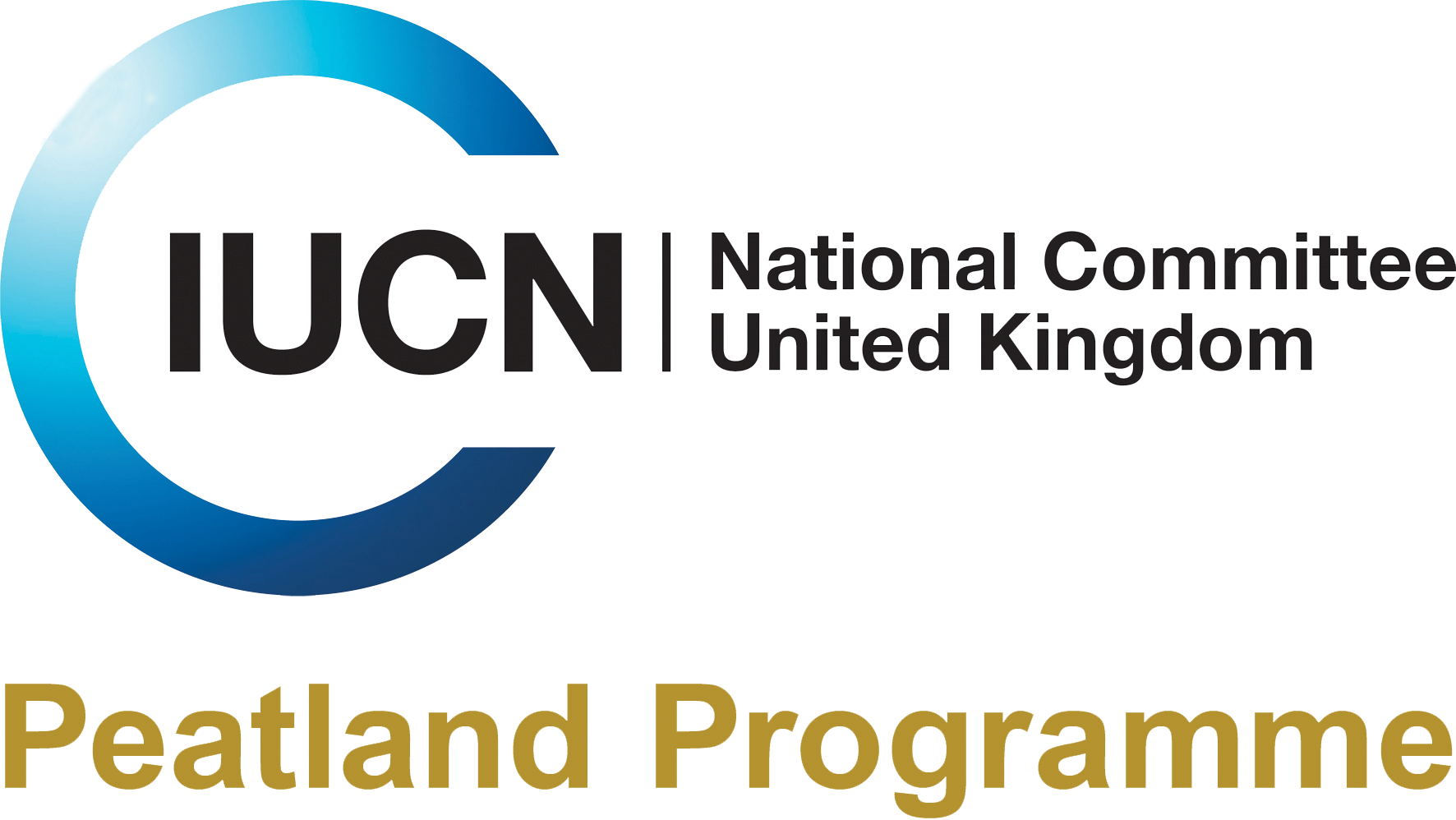Search
Search
Peatland biodiversity - butterflies & moths
Healthy functioning peatlands are vital for biodiversity. While much of the focus is on the specialised plants found on peat bogs, there are a number of butterflies and moths which are associated…
Biodiversity
Public Consultation for Biodiversity Quantification Methodology
The Woodland Carbon Code and Peatland Code are pleased to announce their public consultation inviting views on the outcomes of the Facility for Investment Ready Nature in Scotland (FIRNS)…
Woodland
Our woodlands are a key tool in the box when addressing climate change for their carbon storage potential, but are less well known for their potential to limit flooding events, with wet woodlands…
Bog woodland
Peatland Code
The Peatland Code is a key component of the wider work of the IUCN UK Peatland Programme (IUCN UK PP), which has been promoting the restoration and sustainable management of UK peatlands since 2009. Through strong science, sound policy, effective practice, and collaborative partnerships, the Programme advocates for the many benefits peatlands offer from biodiversity and water quality to climate resilience.
Don't miss our 'Measuring biodiversity: from principles to practice' webinar!
Join us. Fee webinar on 'Measuring biodiversity: from principles to practice' on Tuesday 26 March 13:30 - 15:15
Wet woodland
Wet woodlands in the UK can be wild, secretive places. Tangles of trailing creepers, tussocky sedges and lush tall-herbs conceal swampy pools and partially submerged fallen willow trunks, likely…
Wood warbler
Look for the wood warbler singing from the canopy of oak woodlands in the north and west of the UK. Green above, it has a distinctive, bright yellow throat and eyestripe.
Using the Peatland Code
Research reveals a quarter of Europe’s peatlands are degraded, ahead of key climate and biodiversity summits
New research finds that 25% of Europe’s peatlands are degraded, increasing to 50% -120,000km2 - when looking at the European Union alone.
